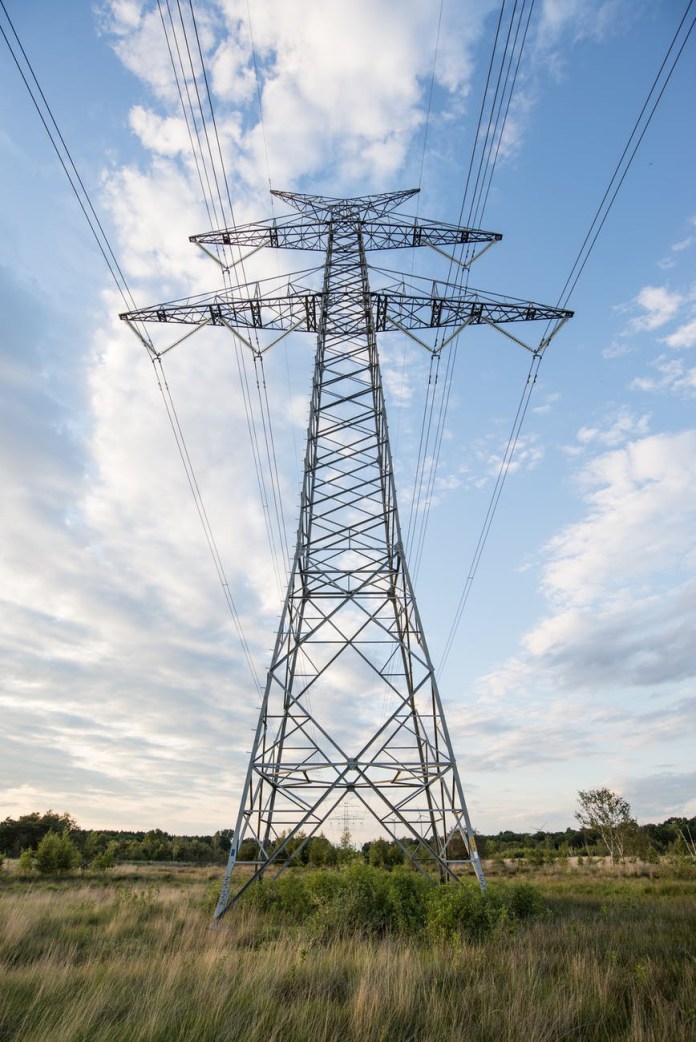
The Karnataka Electricity Regulatory Commission (KERC) has announced new regulations to improve grid stability and reliability across the state. Effective from July 15, 2025, the regulations are titled “KERC (Intra-State Deviation Settlement Mechanism and Related Matters) Regulations, 2025.” These rules are intended to reduce the gap between scheduled and actual power generation and consumption, ensuring better balance in Karnataka’s electricity grid.

The new mechanism covers a wide range of stakeholders. This includes power generators, distribution utilities, transmission companies, open access consumers, and captive users. All are expected to follow the set schedules closely. If any deviation occurs from the declared schedule, it will be managed by the State Load Despatch Centre (SLDC) and will attract Deviation Charges as per the rules mentioned in the new regulation.
The need for this regulation arises from the importance of balancing power generation and usage. Any mismatch can threaten the grid’s security. These regulations were developed under powers granted by the Electricity Act, 2003. The draft of the regulation was published in August 2024 in the Karnataka State Gazette. A public hearing was conducted on December 19, 2024, where various stakeholders gave their feedback. After reviewing these inputs, the final rules were issued by the Commission.

The system works under the Availability Based Tariff (ABT) regime. This includes three components: fixed or capacity charges, energy or variable charges, and Deviation Charges. The first two are based on declared capacities and scheduled energy transactions. The Deviation Charges address the difference between actual and scheduled drawal or injection of electricity.
The regulation applies to grid-connected entities operating within Karnataka’s state grid. This includes conventional power stations, renewable energy plants (excluding wind, solar, and wind-solar hybrid plants below 5 MW), and distribution companies. Open access and captive users also fall under the scope, especially regarding how deviation charges are applied.
The regulations also provide detailed methods to calculate deviations. These are based on the type of seller—whether it is a general seller, a run-of-river plant, or one based on municipal solid waste. Deviation charges vary depending on how much the actual injection or drawal differs from the schedule and the system’s frequency during that time. The Normal Rate of Charges for Deviation is calculated using the highest of the weighted average prices from the Day Ahead Market, Real Time Market, and Ancillary Services.
The rules also lay out clear steps for scheduling and despatch of electricity. Sellers and buyers must declare their expected generation or usage accurately. The SLDC will approve the final schedule, taking energy losses into account. There are specific rules to allow schedule revisions, but any unnecessary or frequent changes are discouraged. In special cases like grid failures or transmission problems, SLDC may revise or reduce the scheduled figures.
A State Deviation Pool Account will be managed by the distribution licensee to settle these Deviation Charges. If payments are delayed, penalties including interest and the need for Letters of Credit may apply. The Commission retains powers to relax, amend, or repeal provisions to ensure smooth implementation.
Related
